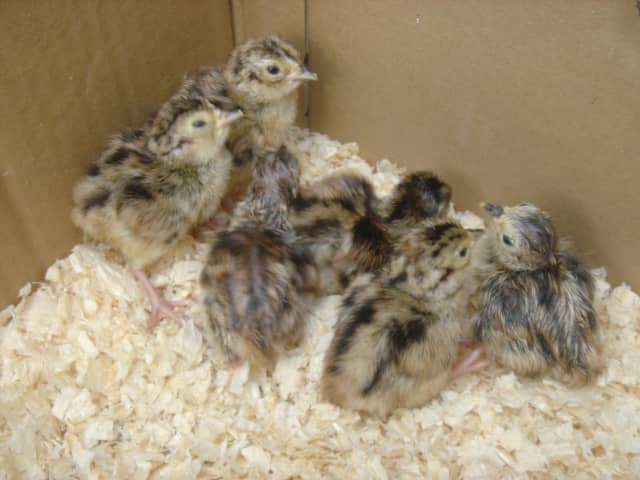Utah Residents “Foster” Pheasant Chicks to Protect Hunt
OutdoorHub Reporters 11.07.14

Earlier this year, the Utah Department of Natural Resources (DNR) gave out thousands of pheasant chicks for state residents to raise. The Day-old Pheasant Chick program was meant to boost success and participation in this year’s pheasant hunt, which opened in the state on November 1. The state bought the chicks from a commercial grower for as little as $1.20 each, and the program seems to have been a hit with families.
“Raising a pheasant, from a chick to an adult, is a terrific activity that helps kids and adults understand some of the challenges wildlife face as they grow,” Dean Mitchell, Conservation Outreach Section chief for the Division of wildlife, said in a press release. “Raising a chick will be an experience you won’t soon forget.”
Those who signed up to play “mother hen” came from diverse background. Not all were hunters, and some found that releasing their charges after months of raising them a bit hard. Many parents signed up for the program because they thought it would a good learning experience for their children, as well as a good way to get them into hunting as well.
Scott and Michelle Clark, who have four children, enrolled in the program so that their kids would have a firsthand look at what it means to help in conserving a game species.
“Now they can see how they are raised, what it takes to survive, where our food comes from, and so I think they appreciate all of it more,” Scott Clark, an avid hunter himself, told The New York Times.
Raising a pheasant is not as easy as it sounds, and one relatively unknown fact about the birds is that they will commonly resort to cannibalism in captivity. Stressful conditions and crowded spaces will encourage this activity, which starts off as a little bit of feather-pulling or biting. Wildlife officials warn that any signs of cannibalism must be acted against immediately, or the behavior will worsen. In fact, “cannibalism outbreaks” can lead to the destruction of entire broods. The best option is to provide a large, non-stressful environment and apply plastic blinders to the chicks when they are young. More severe solutions involve de-beaking the birds, which is both stressful for the bird and the ones raising it.
Yet some participants were more prepared than most. With a large chicken coop built beside their garage, the Clarks raised over 40 birds and all were successfully released into the wild. Their birds will join the approximately 11,000 pheasants that the DNR released on public hunting lands last month.

